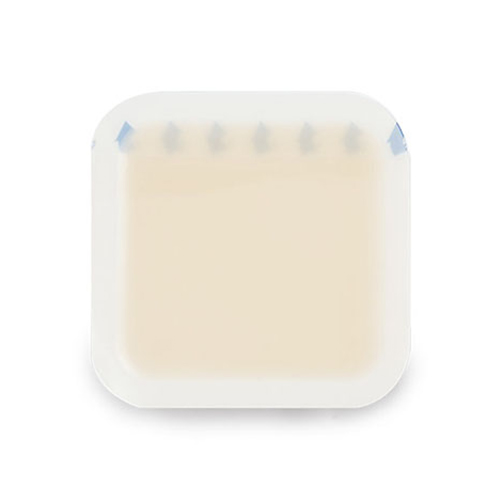News Categories
As medical care continues to improve, Hydrocolloid dressings have become an indispensable product in this field. This article will take you through Hydrocolloid dressings in detail.

1. What is a Hydrocolloid dressing?
Hydrocolloid dressing is a new type of wound dressing developed under the guidance of the wet healing principle. Hydrocolloid dressing is made of elastic polymeric hydrogel mixed with synthetic rubber and mucilage. It is a commonly used clinical wound dressing, and the main component is sodium carboxymethyl cellulose ( CMC ) synthetic elastomer. The gel can firmly adhere to the skin at the edge of the wound, absorb the wound exudate, and maintain the wetness and sealing of the wound, thus providing a good healing environment for the wound and promoting the autolytic debridement of necrotic tissue.
Hydrocolloid dressing can be applied to treat many different wounds, especially chronic refractory wounds, with significant efficacy, shortening the wound healing time, and is suitable for treating chronic granulation tissue wounds with well-controlled inflammation.
2. Characteristics of Hydrocolloid dressing.
(1) Excellent absorption and exudate properties.
(2) Keeps the wound moist, allows wound healing, relieves pain and reduces the frequency of dressing changes;
(3) Waterproof, breathable, and barrier to external bacterial invasion;
(4) Good elasticity and self-adhesion, easy and comfortable to use;
(5) can be changed according to the product colour change prompt replacement frequency;
(6) it is easy to tear and will not stick to the wound surface, with no secondary damage, minimizing pain;
(7) 'It is easy to observe, the hydrocolloid is semi-transparent, absorbs exudate and swells locally and is white, easy to observe the degree of wound exudate and change medication in time, easy to use.
3. Application scope of Hydrocolloid dressing.
(1) Epidermal injury;
(2) Pressure sore prevention and stage I-II pressure sore treatment;
(3) Small superficial burns;
(4) Post-surgical wounds;
(5) donor area wounds;
(6) Granulation and epitheliogenesis of chronic wounds;
(7) venous ulcers, phlebitis, lymphangitis, etc.;
(8) Plastic and cosmetic wounds.
The above is the knowledge of Hydrocolloid dressing. If you need more detailed information, welcome to contact us!
Changzhou Major Medical Products Co., Ltd. was established in June 2005, focusing on the field of medical supplies for 17 years. It is a high-tech enterprise that is quality-oriented, engaged in the research and development, production and sales of advanced medical dressings.